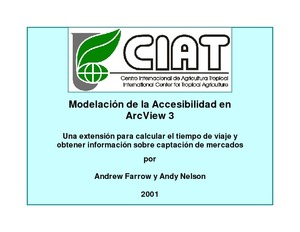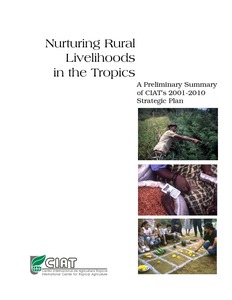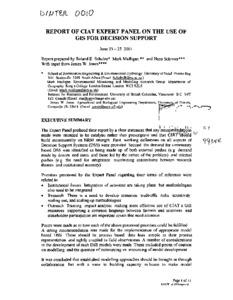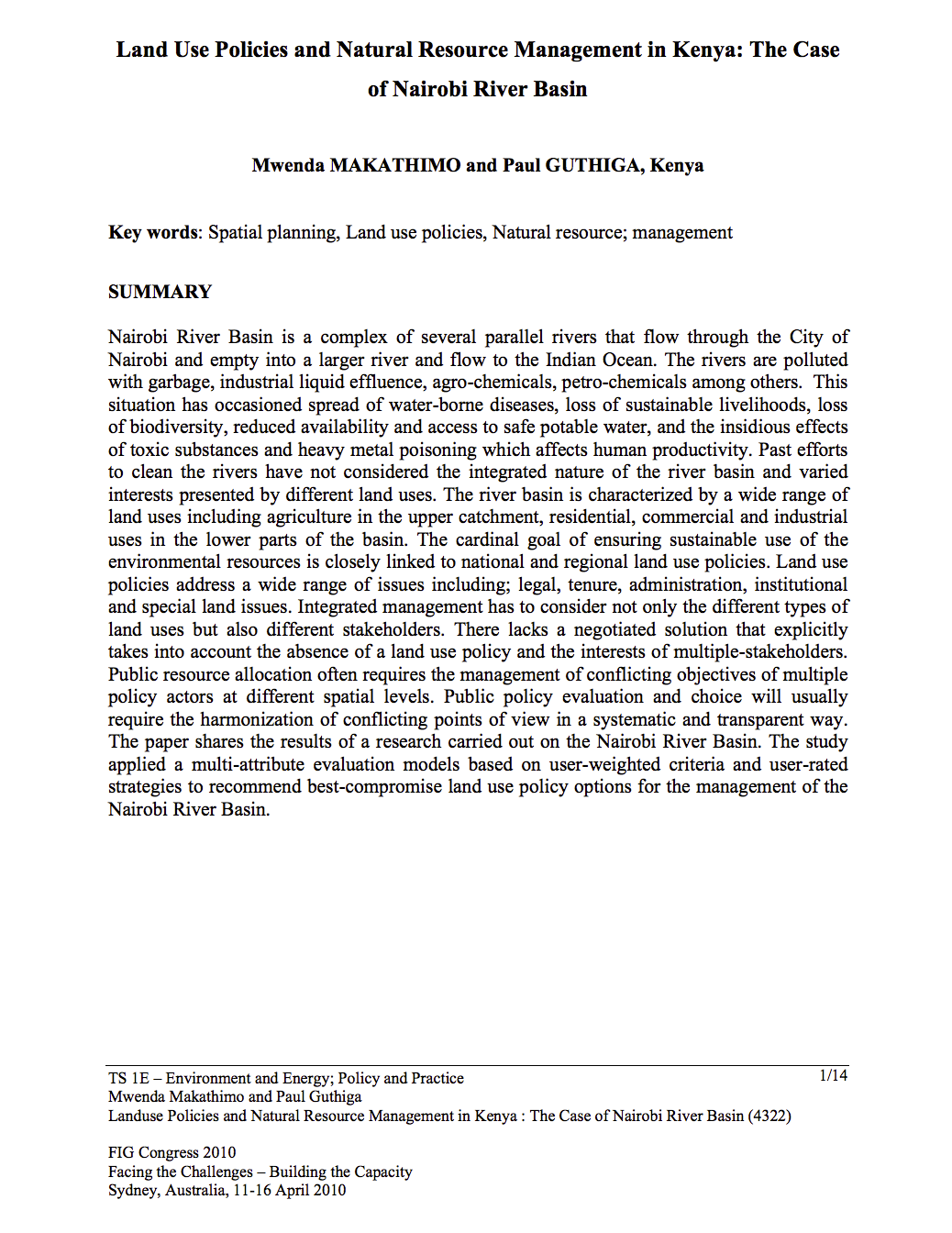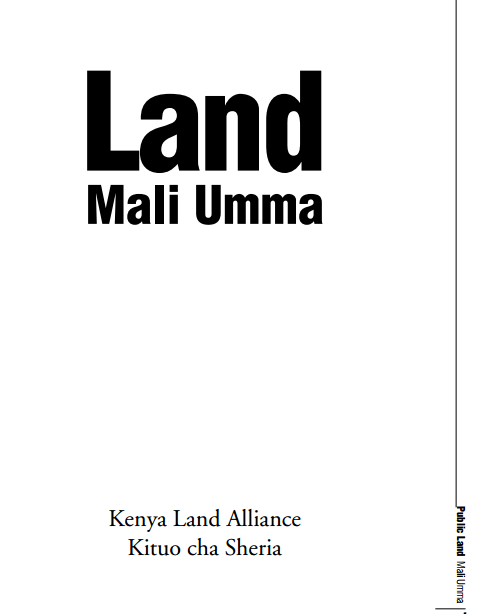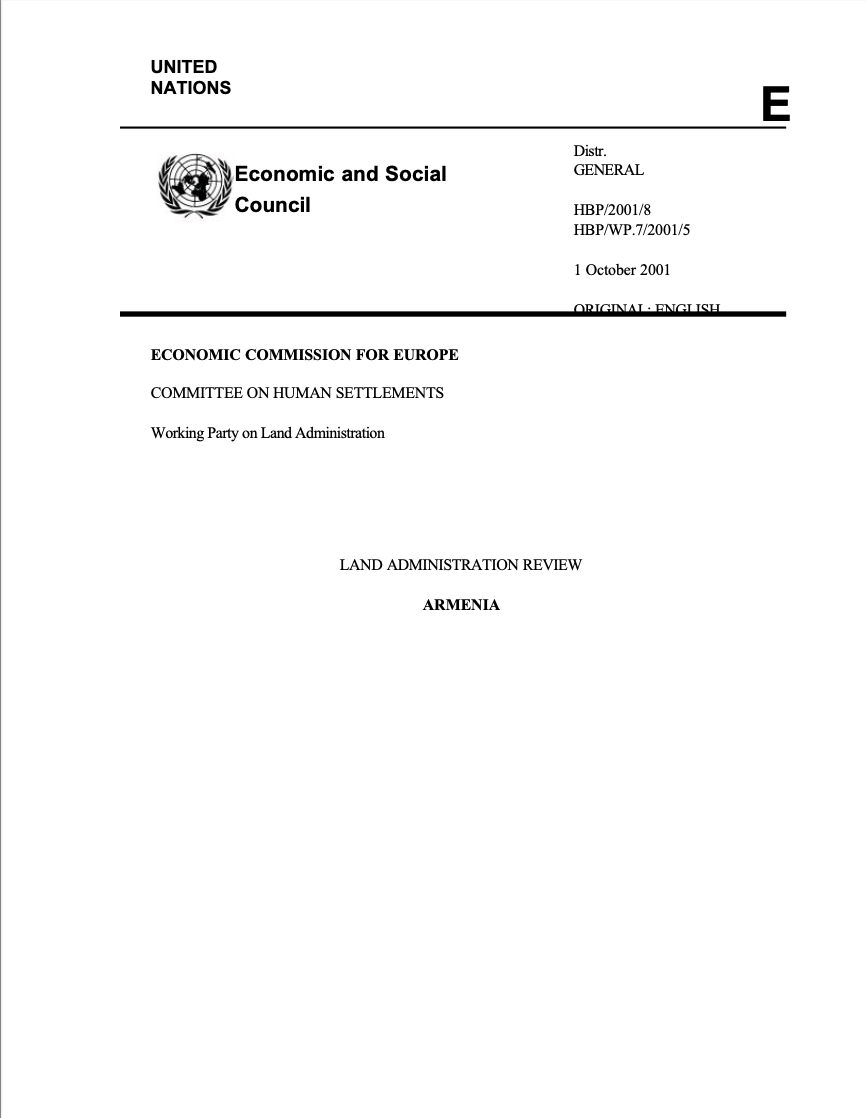Modelación de la Accesibilidad en ArcView 3: Una extensión para calcular el tiempo de viaje y obtener información sobre captación de mercados
CIAT programmed this simple and flexible GIS tool to automate the creation of accessibility surfaces. Previously, these surfaces were laboriously created, step-by-step, using ArcINFO software from the Environmental Systems Research Institute (ESRI). You can install the Accessibility Analyst if you have the ESRI ArcView 3 software and its ArcView Spatial Analyst. From this page, you can download the extension and documentation, see case studies of the extension at work, and follow up links with other people working in the same field.

